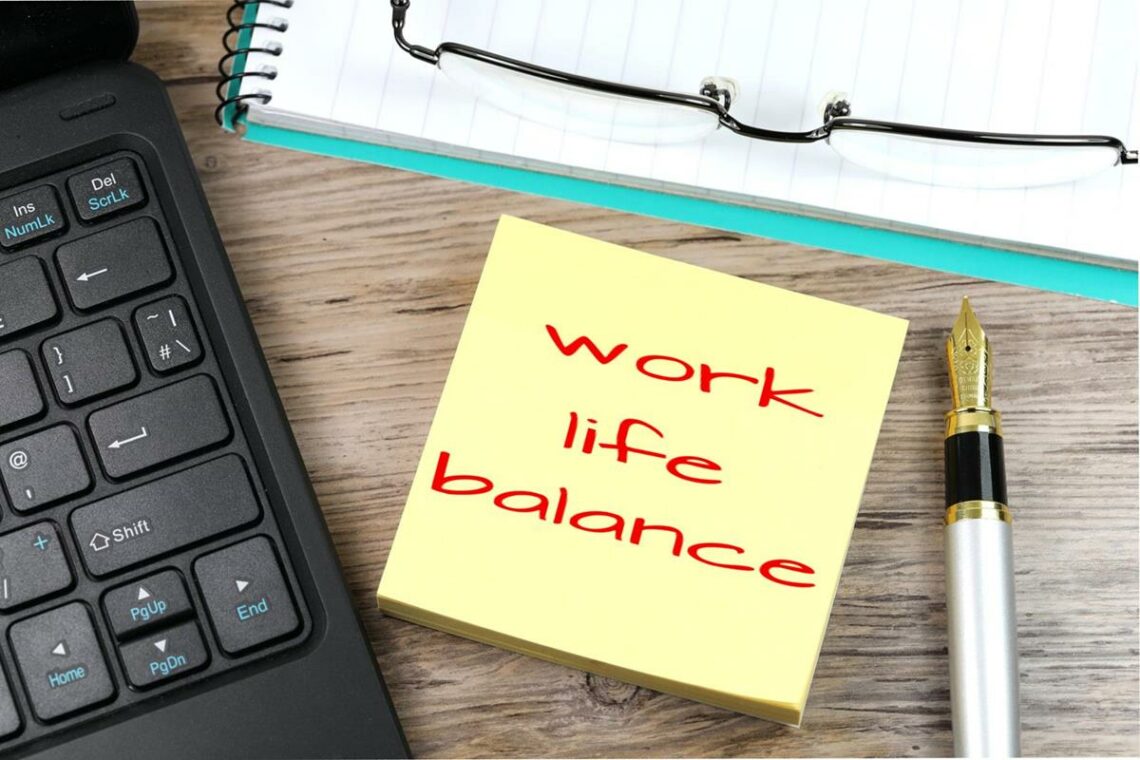
How can I maintain a healthy work-life balance?
Achieving and maintaining a healthy work-life balance is crucial for overall well-being and productivity. In this comprehensive guide, we’ll explore various strategies and techniques to help you strike the right equilibrium between your professional and personal life.
Introduction to Work-Life Balance
In today’s fast-paced world, the concept of work-life balance has become increasingly important. It refers to the equilibrium between the demands of work and personal life, ensuring that neither overshadows the other. Achieving this balance is essential for maintaining physical and mental health, fostering relationships, and enhancing overall satisfaction and fulfillment.
Understanding the Importance of Balance
Balancing work and personal life is essential for various reasons. It reduces stress, prevents burnout, improves productivity, strengthens relationships, and promotes overall happiness and well-being. By prioritizing both professional responsibilities and personal interests, individuals can lead more fulfilling and meaningful lives.
Assessing Your Current Situation
The first step towards achieving work-life balance is assessing your current situation. Reflect on how you currently divide your time between work, family, hobbies, and relaxation. Identify areas where you may be overcommitting or neglecting, and recognize any signs of imbalance or dissatisfaction.
Identifying Work and Personal Priorities
Next, it’s essential to identify your priorities both at work and in your personal life. Determine what matters most to you professionally, such as career advancement, job satisfaction, or specific projects. Similarly, consider your personal priorities, such as spending time with family, pursuing hobbies, or maintaining physical and mental health.
Evaluating Time Allocation
Once you’ve identified your priorities, evaluate how you currently allocate your time. Assess whether your time spent on work aligns with your professional goals and whether you’re dedicating enough time to personal activities and relationships. This assessment will help you identify areas where adjustments are needed to achieve a better balance.
Strategies for Achieving Balance
Several strategies can help you achieve a healthier work-life balance:
Setting Boundaries: Establish clear boundaries between work and personal life by defining specific work hours, limiting after-hours communication, and creating dedicated spaces for work and relaxation.
Time Management Techniques: Implement effective time management techniques, such as prioritizing tasks, setting realistic goals, delegating responsibilities, and avoiding multitasking.
Prioritizing Self-Care: Make self-care a priority by incorporating regular exercise, healthy eating, sufficient sleep, and relaxation techniques into your daily routine.
Navigating Work Challenges
Communicating Needs with Employers: Open communication with your employer is key to managing work-related challenges. Discuss your need for flexibility, workload adjustments, or additional support to maintain a healthy work-life balance.
Managing Workload and Stress: Learn to manage your workload and stress effectively by setting realistic expectations, breaking tasks into manageable chunks, and seeking assistance when needed.
Avoiding Burnout: Be mindful of burnout warning signs, such as exhaustion, cynicism, and decreased productivity. Take proactive steps to prevent burnout by taking breaks, setting boundaries, and seeking support when necessary.
Enhancing Personal Time
Cultivating Hobbies and Interests: Invest time in activities that bring you joy and fulfillment outside of work, such as hobbies, sports, creative pursuits, or volunteer work.
Investing in Relationships: Prioritize quality time with family and friends by scheduling regular activities or outings together and maintaining open communication and emotional support.
Practicing Mindfulness and Relaxation: Incorporate mindfulness practices, such as meditation, deep breathing, or yoga, into your daily routine to reduce stress and promote relaxation.
Tips for Sustaining Balance Over Time
Regularly Reassessing Priorities: Periodically review your priorities and commitments to ensure they still align with your goals and values, and make adjustments as needed.
Adapting to Changes in Circumstances: Be flexible and adaptable in response to changes in your work or personal life, such as new responsibilities, transitions, or challenges.
Seeking Support Networks: Surround yourself with a supportive network of friends, family, colleagues, or mentors who can offer guidance, encouragement, and assistance when needed.
Conclusion: Embracing Balance for Overall Well-being
In conclusion, achieving and maintaining a healthy work-life balance is essential for overall well-being and satisfaction. By prioritizing self-care, setting boundaries, managing workload and stress, and investing in personal interests and relationships, individuals can lead more fulfilling and meaningful lives. Embracing balance allows for greater happiness, productivity, and success in both professional and personal domains.
You May Also Like

Danielle Brooks Andrew Santino – Join The Discussion!
February 19, 2024
2160 e rochelle ave las vegas nv 89119
April 4, 2024

